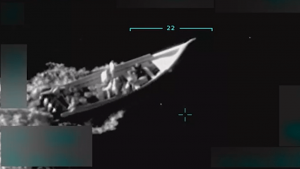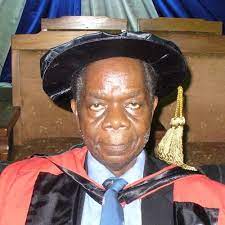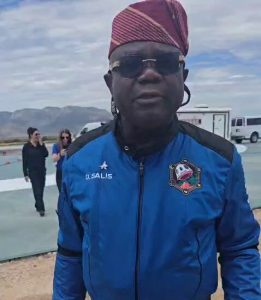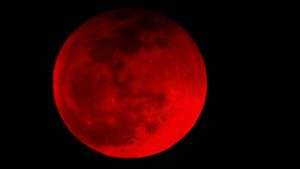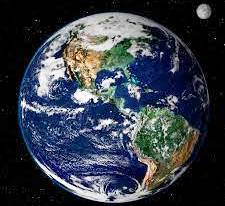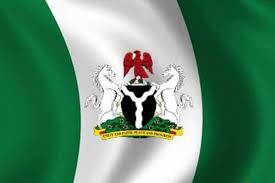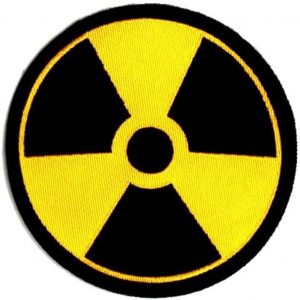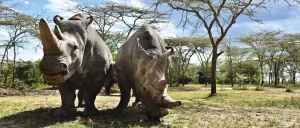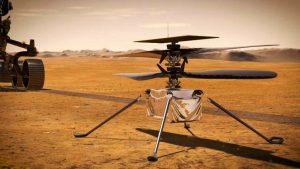The Director-General of Nigeria’s space agency – National Space Research and Development Agency, NASRDA – Dr Ahmed Shaba Halilu, has decried the fact that all satellites owned by it have gone past their design life and are yet to be replaced.
Two of them, NigeriaSat-X and NigeriaSat-2, both Earth observation satellites, though expired, are still working, he said, by “grace.”
Nigeria has six satellites: Nigeria’s first satellite, NigeriaSat-1, an Earth observation micro-satellite weighing 94 kg with a design life of five years, was launched on September 27, 2003.


Both NigeriaSat-2 and NigeriaSat-X have a design life of seven years.
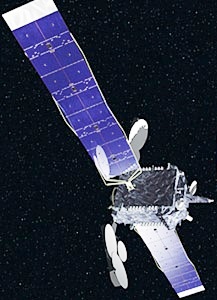
On May 13, 2007 the country’s first communications satellite, NigComsat-1, a large geo-stationary satellite weighing 5,150 kg (11,350 lbs), was launched at an overall cost of 300 million US dollars.
It developed a Solar Array Deployment Assembly problem and de-orbited on November 11, 2008 and a replacement, NigComsat-1R, was launched December 19, 2011 into same orbital slot of 42.5 degrees East, on the plane of the Equator.
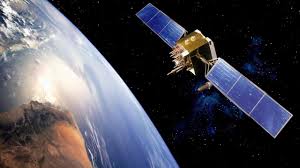
The design life is 14 years and this was at no extra cost to Nigeria from the contractor, China Great Wall Industry Corporation, CGWIC.
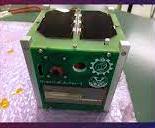
A CubeSat, measuring 10 by 10 by 10 cm, the satellite was part of the Japanese Birds-1 constellation comprising four other CubeSats belonging to Japan, Ghana, Mongolia and Bangladesh.
The entire cost of the project (building and launch) was half a million US dollars.
EduSat-1 de-orbited on 13 May, 2019.
In 2014, six years after it has outlived its design life, NigeriaSat-1 was decommissioned by engineers and scientists of NASRDA in a controlled re-entry into Earth.
Out of Nigeria’s six satellites: NigeriaSat-1, NigComSat-1 and EduSat-1 are no longer in orbit.
Nigeria, effectively, has three satellites: NigComSat-1R (communications satellite) and NigeriaSat-2 and NigeriaSat-X (Earth observation satellites).
The design life of NigeriaSat-2 and NigeriaSat-X lapsed in 2018, although they are still in orbit and working, but not optimally.
The design life of NigComSat-1R will end in 2025.
NigComSat-1R is owned and operated by NigComSat limited, a limited liability company, run on commercial basis and not by the Nigerian government-owned space agency, NASRDA.
Nigeria plans for NigeriaSat-3 and NigeriaSAR-1, to replace the two Earth observation satellites – NigeriaSat-2 and NigeriaSat-X – that have outlived their design lives.
The two new satellites will have both panchromatic and multi-spectral imagers with 2.5-metre resolution (GSD) and swath of 20 kilometres.
The meeting was attended by all Permanent Secretaries in ministries of Science and Technology at the federal and state levels as well as the Minister of Science and Technology and the Minister of State.
The NCSTI passed a resolution asking the Federal Government to replace the satellites in 2021.
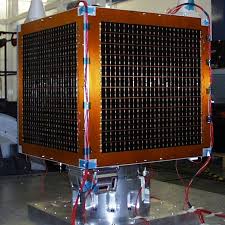
This is the second recession in four years: the first was in 2019 which was the country’s first in 10 years.
The EndSARS protest by youths campaigning against perceived police brutality in October, 2020 also did not help the country, economically.
Officials of the Federal Ministry of Information and Culture say 134 police stations and 164 police vehicles were also burnt; eight prisons were attacked, injuring 31 prison staff and freeing 1,957 inmates.
In Lagos State, the protesters occupied Lekki toll gate, prompting the State governor, Babajide Sanwo-Olu, to invite soldiers to disperse them on 20 October, 2020.
The police joined the following day.
A 309-page report by the Justice Doris Okuwobi-led Judicial Panel of Inquiry submitted on 15 November, 2021 says that nine persons were killed by the army and police, four others are missing with 48 injured.
Also, 96 other bodies were recovered from other locations in Lagos during the protest.
Sanctions were recommended for the Nigerian Army and the Nigeria Police officers who participated in the killing of unarmed protesters.
The Judicial Panel of Inquiry also recommended some restitution for the victims.
The good news after all this is that Nigeria exited recession in the first quarter of 2021 with a growth rate of 1.9% after growing by 0.11% in the last quarter of 2020.
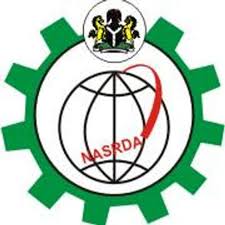
The replacement of the satellites and release of the money for that entails raising a memo on the details and preliminary standards to the Federal Executive Council by NASRDA, for approval, through its supervisory minister in the Federal Ministry of Science and Technology.
By March, 2021 that is yet to be done.
Dr Halilu assumed office as NASRDA’s Director-General on 5 May, 2021 and his plans to replace the satellites that have gone past their design life, or even launch new ones, is now becoming clearer.
NASRDA was created in May, 1999 as a Research and Development agency with a mandate to pursue the development and application of space science and technology for the benefit of Nigeria with Professor Robert Ajayi Boroffice as the first Director-General.
Professor Seidu Mohammed was NASRDA’s second Director-General.
His tenure lapsed in June, 2019 and Dr Francis Chizea (with Mr Jonathan Angulu, briefly) acted in that position till Dr Halilu’s appointment as substantive Director-General.
pictures courtesy: nasrda

